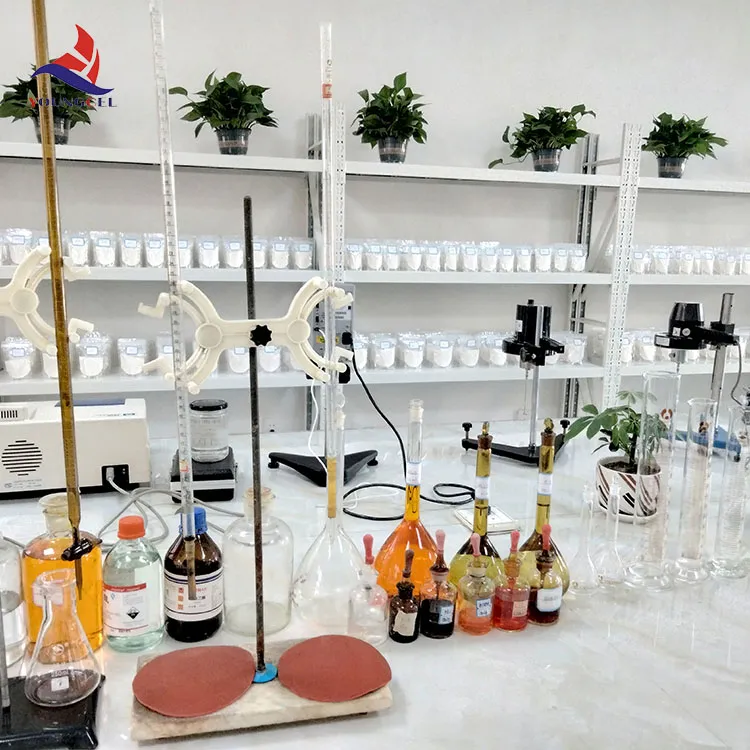Understanding HPMC Chemical Composition and Applications
Hydroxypropyl Methylcellulose (HPMC) is a versatile chemical compound derived from cellulose, a natural polymer derived from plant cell walls. HPMC is primarily used as a thickening agent, film-forming agent, and an emulsifier in various industries, making it an essential ingredient in pharmaceuticals, food production, and construction, among others. Its unique properties stem from its chemical composition, which combines hydroxypropyl and methyl groups into the cellulose backbone, enhancing its solubility and functionality.
Understanding HPMC Chemical Composition and Applications
In the pharmaceutical industry, HPMC plays a crucial role as a binder and film-coating agent in tablet formulations. It provides controlled release properties, which are essential for developing sustained-release medications. Furthermore, HPMC’s ability to retain moisture makes it a valuable ingredient in the formulation of topical creams and gels, ensuring optimal texture and stability. In addition, HPMC is often used in eye drops and other liquid pharmaceuticals, where its viscosity helps to prolong the contact time of the formulation with the eye, enhancing therapeutic efficacy.
chemical hpmc

In the food industry, HPMC serves as a thickening and stabilizing agent in a variety of products, including sauces, dressings, and baked goods. Its ability to create a desirable texture and maintain emulsions under varying temperature conditions makes it a popular choice among food manufacturers. Additionally, HPMC is recognized for its non-toxic nature, allowing it to be safely used in food applications without altering the flavor or nutritional profile of products.
Moreover, HPMC has found significant use in construction materials, especially in the manufacturing of drywall, tile adhesives, and cement-based systems. It enhances workability, improves adhesion, and controls water retention, which is crucial for masonry and plastering applications. As a green alternative, HPMC can be derived from sustainable sources, aligning with the increasing demand for eco-friendly products in numerous industries.
In conclusion, Hydroxypropyl Methylcellulose is a multifunctional chemical compound with diverse applications across various sectors. Its unique chemical properties allow for a wide range of functionalities, making it an invaluable ingredient in pharmaceuticals, food products, and construction materials. As industries strive for innovation and sustainability, HPMC’s role as a versatile additive is likely to grow, highlighting its importance in contemporary formulations.




